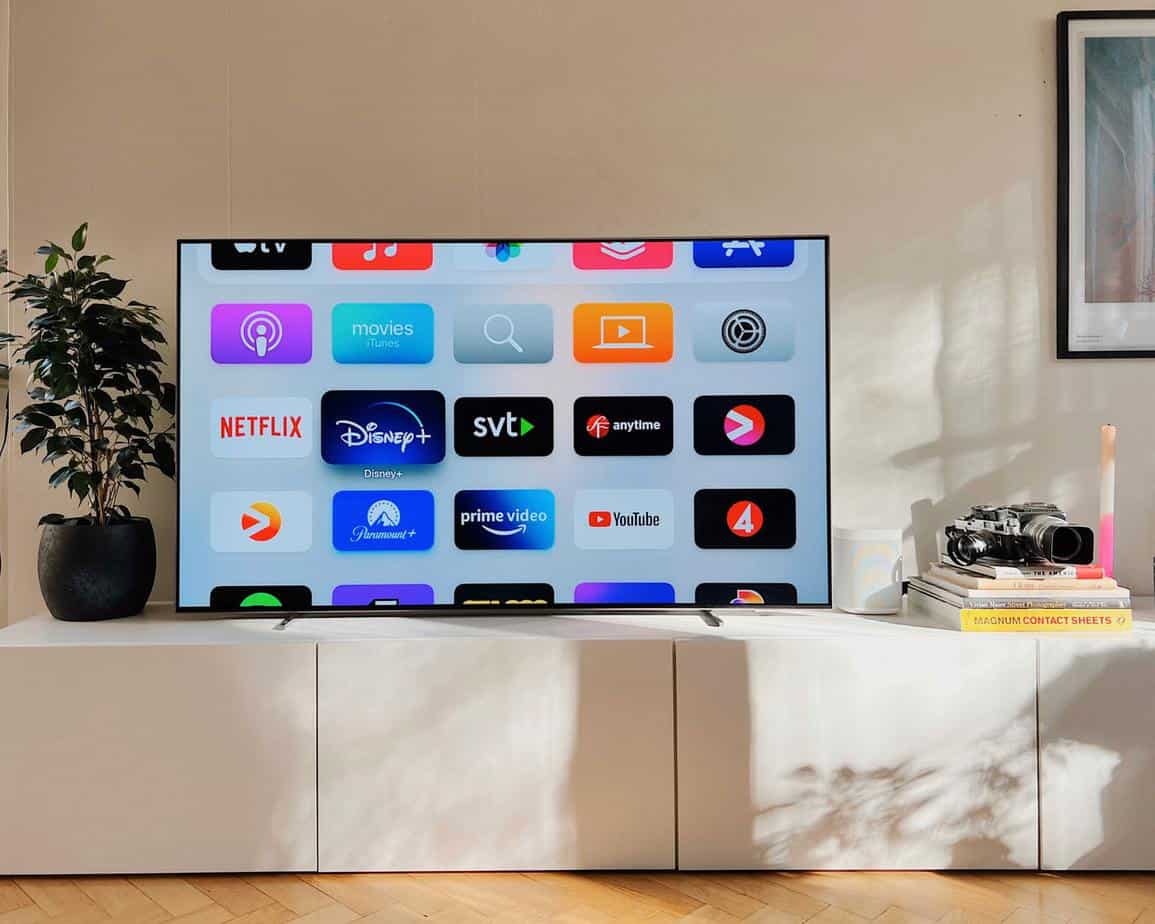Back in 2017, publishers were figuring out how to monetize their new platforms and relied on their own sales staff and direct deals with a handful of resellers to help move the inventory. The technology for programmatic to work in the CTV/OTT space was not there yet. The issues had to do mainly with ad serving, although the inventory was not nearly as abundant as it is now, so the need was not immediate.
Flash forward to today, and it seems like everyone is streaming. And as a result, the way ad inventory is bought and sold has changed.
Ad tech has evolved quickly – viewability, brand safety and fraud protection partners abound. Ad serving has become seamless due to the development of servers that integrate directly with the media company’s stream to “stitch” the ad into the content for a better user experience.
The Rise of Cord-Cutters
CTV/OTT used to be positioned as an extension of a linear TV buy. Ratings were declining, and it was a good hedge for posting. Cord-cutting was a concept many clients did not fully comprehend at the time. At the time, there were about 81.2 million smart TV users in the US, whereas now that number sits at about 119 million. CTV/OTT was not to be thought of in the same way as digital video or display – it was TV with some digital characteristics. Since it was, and still is, a cookieless environment, CTV/OTT was simply this: acquire inventory and overlay probabilistic audiences. In essence, you were buying expensive inventory and using inexpensive data to take a shot at reaching your audience. 1:1 targeting and attribution were non-existent. The game has changed.
CTV/OTT & The Cookieless Future
The impending demise of third-party trackers (aka cookies) has accelerated the creation of sophisticated device mapping and identity graphs. Device maps are created by associating individual connected devices to a household IP address. Tech platforms developing these maps can then take deterministic data such as location, logins, email addresses, app downloads, online and offline purchases, memberships, etc. to create more accurate and relevant audience profiles.
CTV/OTT Inventory – Caveat Emptor
Fraud prevention and brand safety have improved by leaps and bounds. Pre-bid stopgaps help, but diligent, proactive campaign management and analysis are still a must. Buyers need to ask questions and be willing to dig for info. I recently observed first-hand a situation where an agency was using a DSP under a managed service agreement. They were buying a lot of CTV and on the surface, it seemed legitimate. However, upon further investigation, I found that they were paying very high rates for premium inventory only to water it down with extremely cheap inventory to hit CPM goals and the buyer had no idea this was happening.
Outstream video and pre-roll on TV station websites are two examples of inventory that sometimes gets bundled in on CTV lines. They both have their place in the ecosystem, but most buyers would not consider them true CTV. The word transparency gets thrown around a lot and I can tell you that it is truly relative. So be clear with your provider about your expectations and stay curious. Choose a strong performing partner with access to solid inventory.
CTV/OTT in an Omnichannel World
Most digital media plans are executed in silos or rather multichannel buys; buy some display, buy some video, buy some CTV/OTT and see if it works. However, it is equally important to know what is working, or not, and why – the key difference between omnichannel & multichannel media buys. Optimizations are not happening in real-time, and often you do not know how effective your campaigns are until after the end. To further complicate matters, throw in some traditional media, and now you really have a challenge.
The deterministically-built audience profiles mentioned above work to solve this challenge. They can be implemented into omnichannel campaigns through cross-device retargeting.
A partner like Digilant has the tools to unite disparate platforms and measurements and implement true omnichannel campaigns. However, we now can target linear TV viewers on digital channels through Automatic Content Recognition (ACR) technology. Can you believe it?
What is ACR technology?
ACR is an identification technology that is built to recognize content played on a media device or present in a media file.
This gives us the ability to build custom audiences based on user TV viewing habits, target (and retarget) them across devices, and measure users who took an online action after seeing a commercial.
How does ACR Technology work?
1. Unboxing & Consent
ACR is launched when an individual turns on a wi-fi powered device for the first time, then selects to opt into audio/video data collection during the initial set-up.
2. Fragment Analyzation
Once a user opts into data collection, a device provider can analyze small fragments of images or sounds from the content consumed over time.
3. Content Matching
ACR software processes these tiny samples and uploads them to cloud storage. The content is then cross-referenced and matched to existing data.
4. Personalized Targeting
Once the content is matched, the data is shared with select advertisers. From there, marketers can link devices together to target consumers where they are most interested.
Used correctly, ACR technology can boost the ROI of your marketing.
Digilant’s Advanced TV Solution
If you’re accustomed to buying CTV/OTT from a “single source,” you probably have faced frustrations from a siloed environment this creates. Digilant’s proprietary technology and deep partnerships across the entire digital ecosystem solve this challenge.
We can give you a more transparent view into the customer journey and attribution, so you understand upfront the nuances of your audience. We can then optimize campaigns in real-time to make the most efficient use of your media spend. Our platform-agnostic methodology means we can execute across a multitude of partners without favoring one over the other; our entire focus is on outcomes.
Are you interested in learning more about Digilant’s Advanced TV Solution? Let’s talk.
